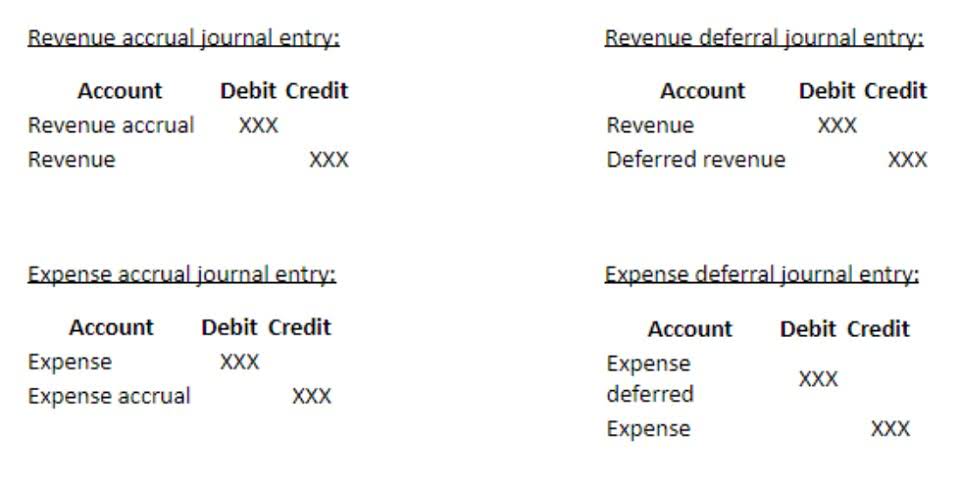
Limited liability partnerships (LLPs) are a common structure for professionals, such as accountants, lawyers, and bookkeeping architects. This arrangement limits partners’ personal liability so that, for example, if one partner is sued for malpractice, the assets of other partners are not at risk. Dissolving a partnership is a significant event that requires meticulous planning and execution to ensure a smooth transition.
Financial Implications
- Adjustments are made for guaranteed payments, as well as for depreciation and other expenses.
- When a new partner is admitted, it often brings fresh capital, new skills, and additional resources to the partnership.
- The importance of partnership accounting lies in its ability to provide clear insights into the financial health and operational efficiency of a partnership.
- It was agreed that, at the date of Chen’s admission, the goodwill in the partnership was valued at $42,000.
- Debit to Cash increases the account, while debit to a capital account of a partner decreases the account.
This clarity helps to ensure that the partnership has sufficient resources to achieve its goals and that all partners are equally committed to the business’s success. Another method is to distribute profits and losses based on the proportion of each partner’s capital contribution. This approach aligns financial rewards with the level of investment risk each partner has assumed. For instance, if one partner has invested 60% of the capital, they would receive 60% of the profits and bear 60% of the losses. This method can incentivize partners to invest more in the business, fostering growth and stability. This article will delve into the different types of partnerships, key elements of partnership agreements, how profits and losses are distributed, decision-making roles, and financial contributions and withdrawals.
Limited Liability Partnership
- One month later, the firm filed a Certificate of Amendment of Limited Liability Partnership Registration which changed the name of the firm to Thuillez, Ford, Gold & Johnson, LLP.
- The business profit for the year ended 31 December 20X2 was $340,000, accruing evenly over the year apart from a charge of $20,000 for a bad debt relating to trading before 1 July 20X2, which it was agreed P should bear entirely.
- The amount paid to Partner C by Partner B is a personal transaction and has no effect on the above entry.
- Step 3 – Contribution of capital by new partner (if required by question)If the question requires a contribution by any of the partners (or a repayment of capital) we simply need to follow the normal principles of double-entry bookkeeping.
- An audit partner can’t – and shouldn’t be – expected to be on top of every nuance of a tax ruling or an ATO determination.
What is needed is a thorough piece of work that deals with a proper review of partnership law. Aligned with that objective, it requires a proper dialogue between the federal, state and territory governments about referring the power to legislate on partnerships to the Commonwealth. Salaries and interest paid to partners are considered expensesof the partnership and therefore deducted prior partnership in accounting to incomedistribution. Partners are not considered employees or creditors ofthe partnership, but these transactions affect their capitalaccounts and the net income of the partnership.

Capital Contributions and Withdrawals
A partnership is a legal arrangement that allows two or more people to share responsibility for a business. Those partners share the ownership and profits, but they also share the work, responsibility, and potential losses. Partnerships are often seen as having more favorable tax treatment than corporations. A successful partnership can give a new business more opportunities to succeed, but a poorly-thought out one can cause mismanagement and disagreements.


This often involves consulting with tax professionals to navigate the complexities of capital gains, losses, and other tax liabilities. Proper tax planning can help minimize the financial impact on the partners and ensure compliance with all relevant regulations. This investment signifies a deeper personal and financial involvement in the firm’s fortunes. Partners must manage this financial risk, which may include fluctuations in income based on the firm’s performance.
